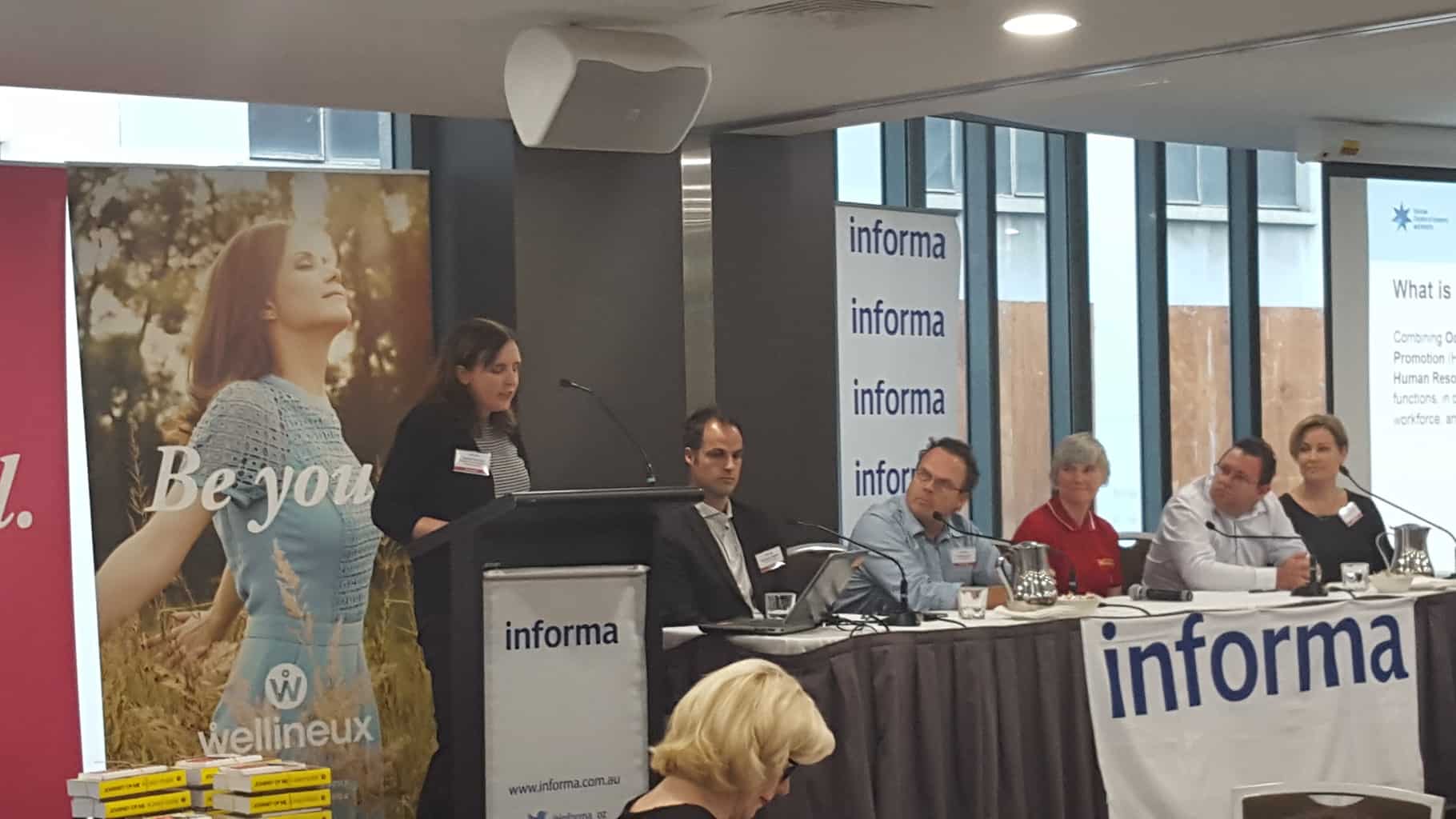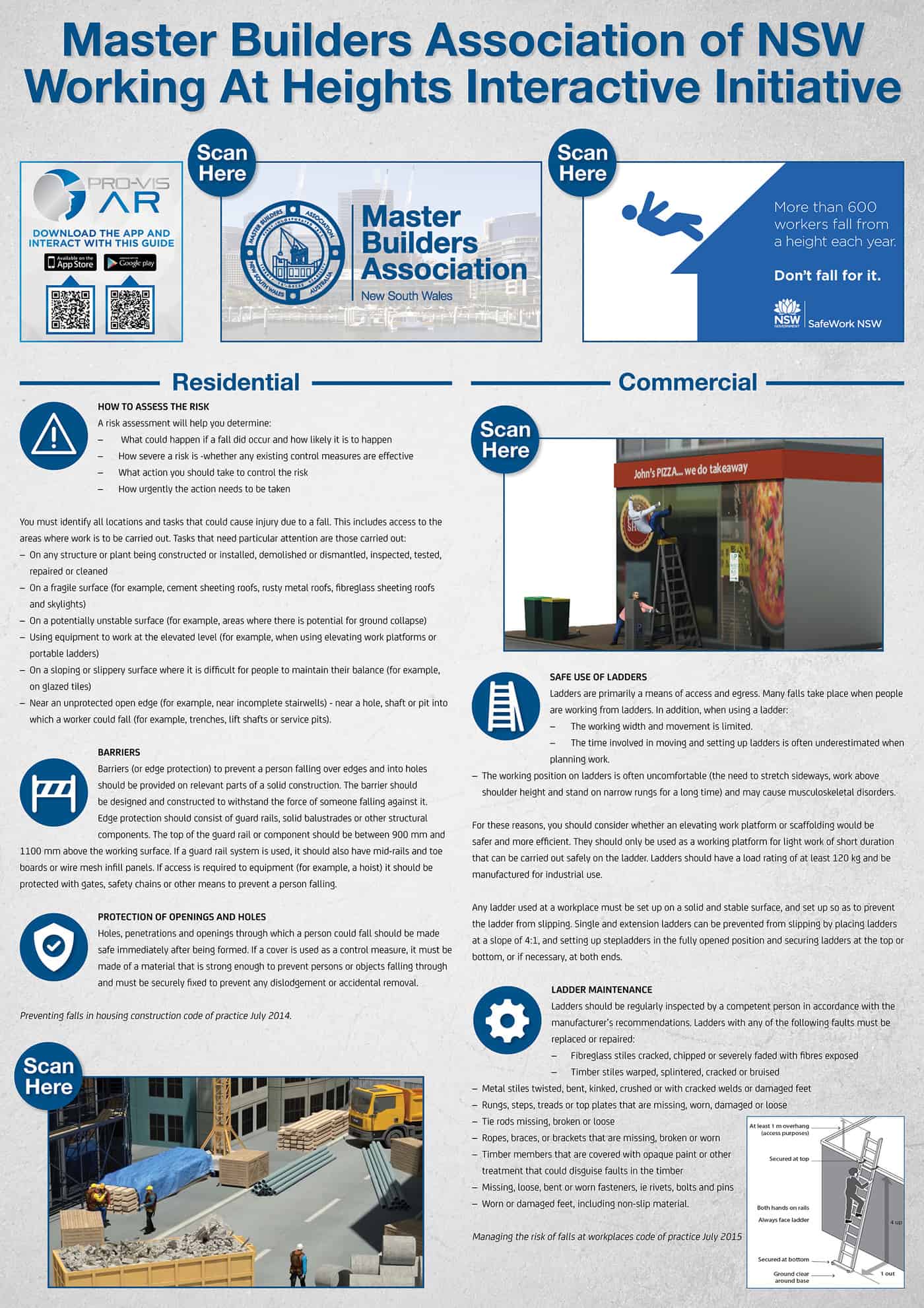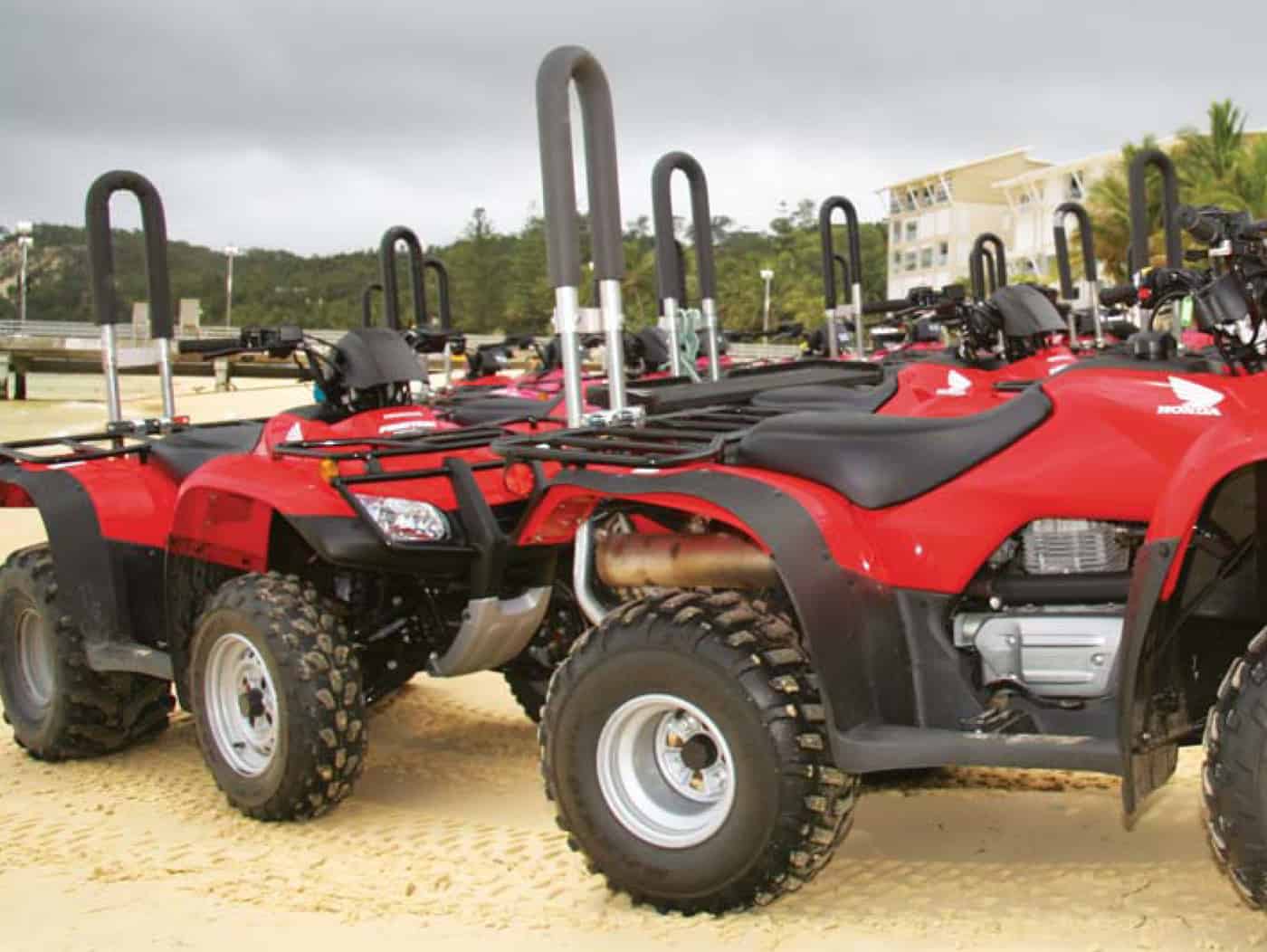Some people have accused me of writing for the converted through the SafetyAtWorkBlog and the majority of followers to this blog are OHS professionals and safety regulators, but everything on the Internet is able to be found by anyone who wants to, so the broad audience exists. Sometimes, however, you need to push yourself in the media. Continue reading “Andrew Barrett’s OHS interview on community radio”
Category: small business
Diverse panel adds authority to Workhealth Improvement Network
 The 2016
The 2016
Labour Hire Inquiry submissions address OHS, sort of
The Victorian Government has concluded the public hearing section of its inquiry into Labour Hire. Industrial Relations Minister Natalie Hutchins has said in a media release that
“Evidence has been put to the inquiry suggesting widespread underpayment of award wages, tax avoidance, nonpayment of superannuation, poor occupational health and safety practices, maltreatment of workers and backpackers on visas, and, in some instances, allegations of illegal conduct.”
This article focusses on the occupational health and safety (OHS) evidence provided through the
Master Builders keeping up with tech changes in safety
 On February 2016, the New South Wales division of the Master Builders of Australia (MBANSW) launched a new mobile app that applies augmented reality (AR) to access safety information related to construction sites. The software has the capacity to access safety information in the form of videos, text, documents and internet links that can put occupational health and safety (OHS) information into the hands of workers.
On February 2016, the New South Wales division of the Master Builders of Australia (MBANSW) launched a new mobile app that applies augmented reality (AR) to access safety information related to construction sites. The software has the capacity to access safety information in the form of videos, text, documents and internet links that can put occupational health and safety (OHS) information into the hands of workers.
There is great potential in this software application and the MBANSW should be acknowledged for supporting a technology that is still in its early development but offers an additional way of accessing important occupational health and safety information at the place where may be most needed – in the hands of workers.
But the app is not the answer to everything and, thankfully, MBANSW never claimed it was. There are technical and organisational limitations to the app but it is a very good start.
Continue reading “Master Builders keeping up with tech changes in safety”
A top Business Blog for 2016
SmartCompany includes SafetyAtWorkBlog in its 2016 list of Best Business Blogs, saying:
“Occupational health and safety consultant Kevin Jones brings two decades of experience to his editorship of the Safety At Work Blog, bringing together news and commentary on workplace safety and health. Regularly updated, this blog is a great resource for SMEs operating without a dedicated human resources team.”
It is well worth looking at the other entries on the list to gain an understanding of how safety is perceived, particularly in the small business sectors.
WorkSafe enters battle over quadbike safety
 A decision by WorkSafe Victoria about the fitting of crush protection devices (CPD) to quad-bikes (All Terrain Vehicles/ATV) gained the major prominence in the latest edition of a major Australian farming newspaper, The Weekly Times. The newspaper reports that
A decision by WorkSafe Victoria about the fitting of crush protection devices (CPD) to quad-bikes (All Terrain Vehicles/ATV) gained the major prominence in the latest edition of a major Australian farming newspaper, The Weekly Times. The newspaper reports that
“WorkSafe Victoria is tightening rules around quad bikes that will see them banned in workplaces unless appropriate rollover protection is fitted.”
Some of the argument over the last 24 hours has been around whether this means that CPDs are mandatory and, as always, cost.
Stats show quadbikes remain the leading cause of deaths on Australian farms
Dr Tony Lower, Director of the Australian Centre for Agricultural Health and Safety has released his review of farm safety incident statistics for 2015. According to a media release (not yet online), Dr Lower found
“…there were 69 on‐farm injury deaths. The main causes continued to be quads, accounting for 15 cases (22%), with two of these involving children. This is the fifth year in a row where quads have been the leading cause of non‐intentional injury deaths on Australian farms.” Continue reading “Stats show quadbikes remain the leading cause of deaths on Australian farms”
